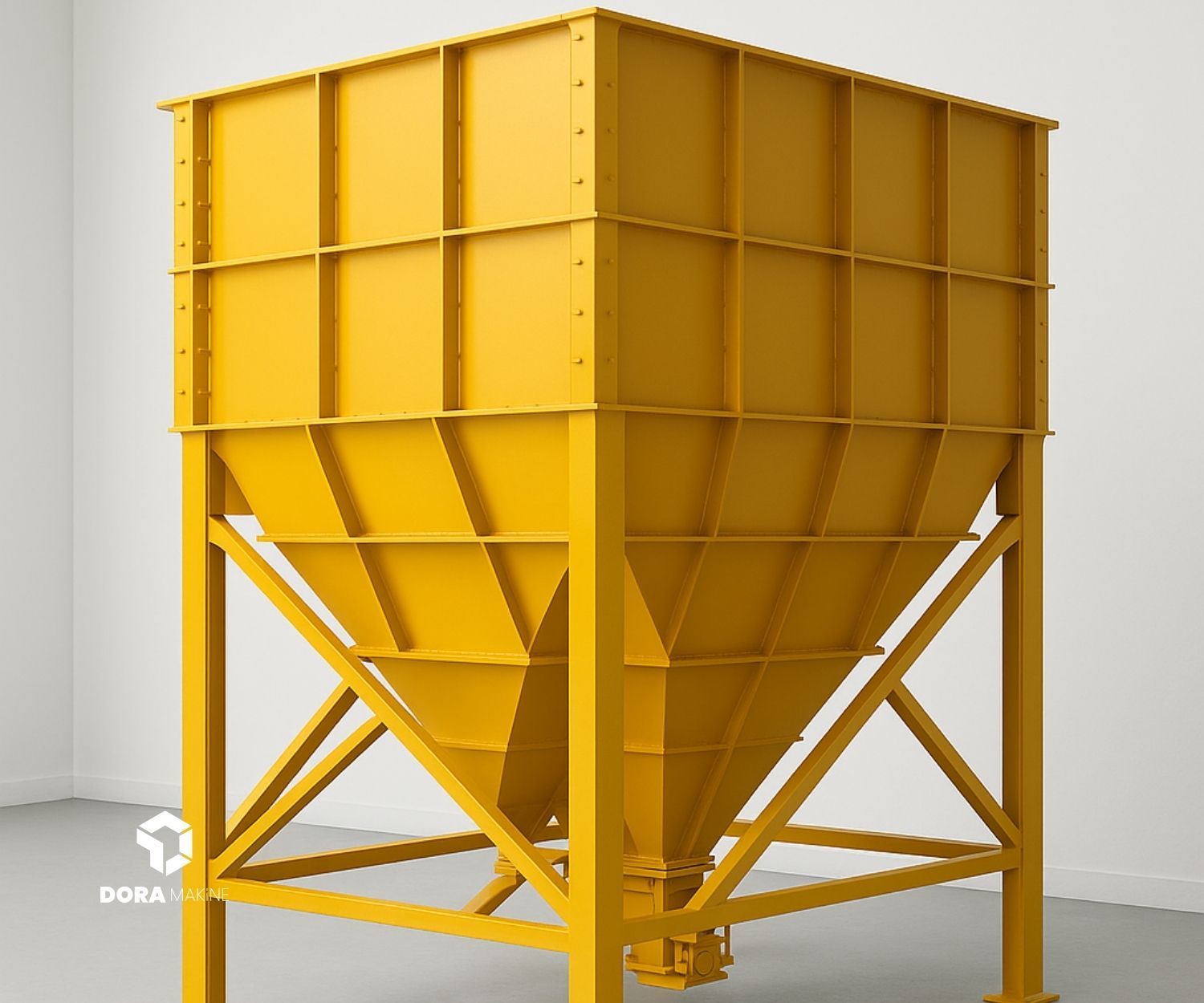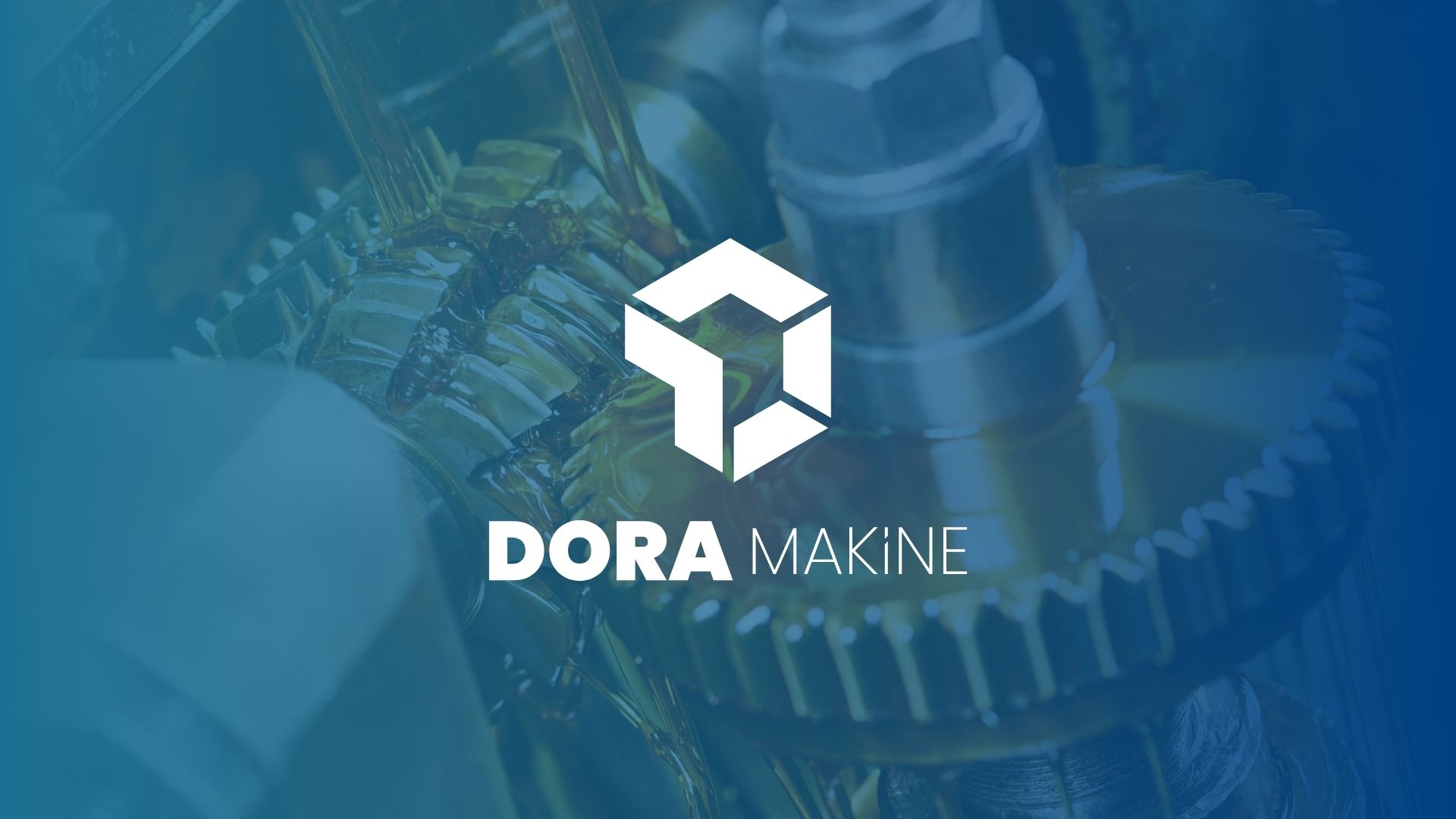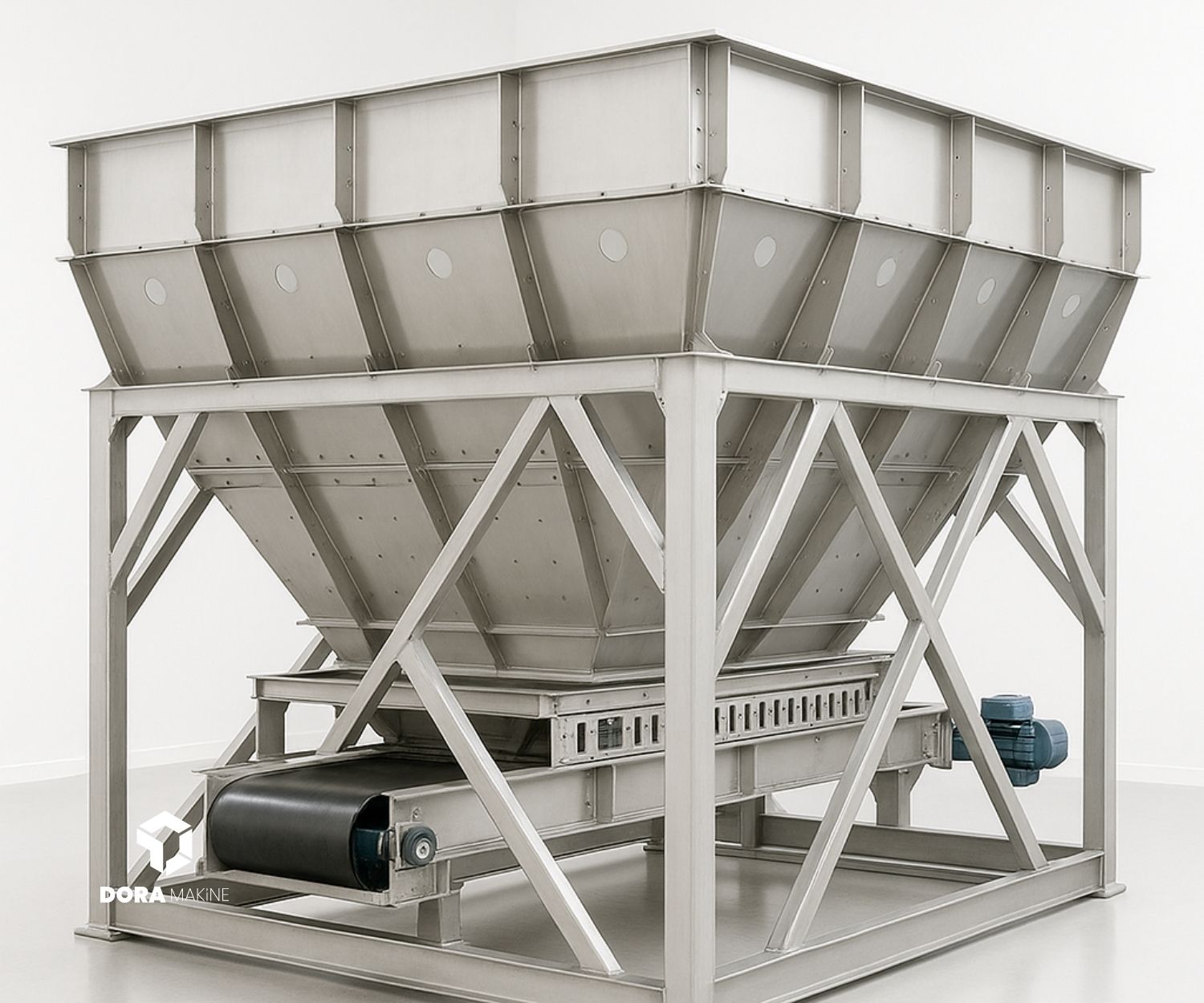
Determining Safety Measures
In bunker manufacturing, safety primarily aims to protect the health and lives of workers. Since bunkers are large-scale structures, the production process involves significant hazards. Therefore, safety measures taken before, during, and after production are of critical importance. Every step, from worker training to the provision of equipment and protective gear, must be carefully planned.
For example, in environments where heavy machinery is used, workers must wear appropriate personal protective equipment (PPE). In addition, continuous hazard analyses should be conducted, and potential risks should be anticipated in advance with proper preventive measures.
Testing and Inspection Methods in Quality Control Processes
Quality control in bunker manufacturing consists of a series of methods used to guarantee both safety and durability. These methods must be applied at every stage, from material selection to the production process. So, what tests and inspection methods are used in quality control?
- Material Tests: Materials such as steel and concrete used in production must be tested according to quality standards. These tests are carried out to ensure the durability and safety of the material. For example, fracture tests and tensile tests on steel are commonly used to evaluate its strength properties.
- Structural Tests: The structural safety of bunkers is checked with durability tests. These tests evaluate the bunker’s resistance to high pressure, impact, and harsh environmental conditions. Structural integrity tests are also applied to confirm whether each structural element is properly assembled.
- Inspection and Monitoring: Continuous inspections should be conducted throughout the production process, and possible defects must be identified. These inspections are often performed by independent quality control experts to ensure compliance with standards throughout the process.
Structural Safety: Durability Tests and Challenging Conditions
The structural safety of bunkers is rigorously tested to meet high safety requirements. Especially for bunkers used in war zones or industrial areas with high risks, durability under extreme conditions is essential. So, how is their resistance to such conditions tested?
Durability tests are generally performed through static and dynamic load testing. These tests examine how bunkers perform against extreme conditions such as wind speeds, ground tremors, and high pressure. They enable the manufacturer to guarantee the safety of the product. In addition, essential elements such as fire safety, waterproofing, and ventilation systems inside the structure must also be checked.
Worker Safety and Emergency Protocols in the Manufacturing Process
In bunker production, worker safety must always be the top priority. An effective emergency plan must be developed to ensure worker safety. Emergency protocols allow for quick and efficient responses in case of potential hazards. So, what elements should be included in emergency protocols?
- Emergency Equipment: Basic safety equipment such as fire extinguishers, first aid kits, and emergency exits must always be kept ready.
- Worker Training: Workers must receive specific training for emergencies. These training sessions may involve scenarios like fires, earthquakes, or other disasters. Regular repetition of such training increases safety.
- Emergency Communication: An effective communication network must be established for emergencies. This system ensures that all workers can be informed quickly in the event of danger.
In bunker manufacturing, safety and quality control processes are critical not only for production efficiency but also for worker safety and product reliability. Identifying and managing safety risks, applying quality control tests, and taking worker safety measures ensure that bunkers are manufactured to be both durable and secure. Furthermore, regularly reviewing emergency protocols and conducting training sessions are among the most important elements of the manufacturing process.
In conclusion, ensuring high safety and quality standards at every stage of bunker manufacturing not only increases the reliability of the product but also protects worker health. Each step of this process must be carefully managed and continuously improved.


